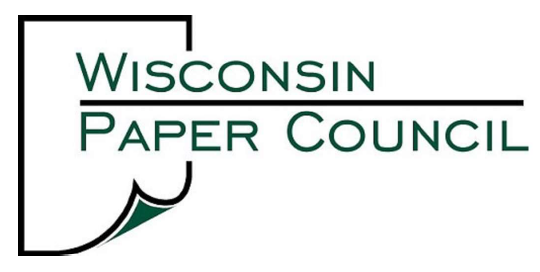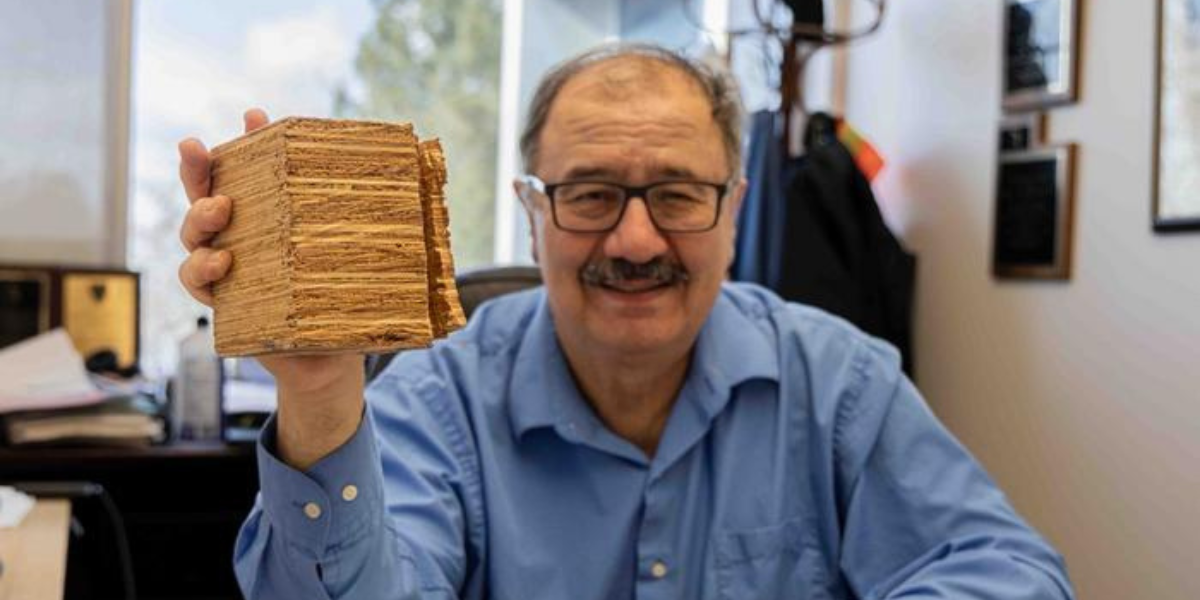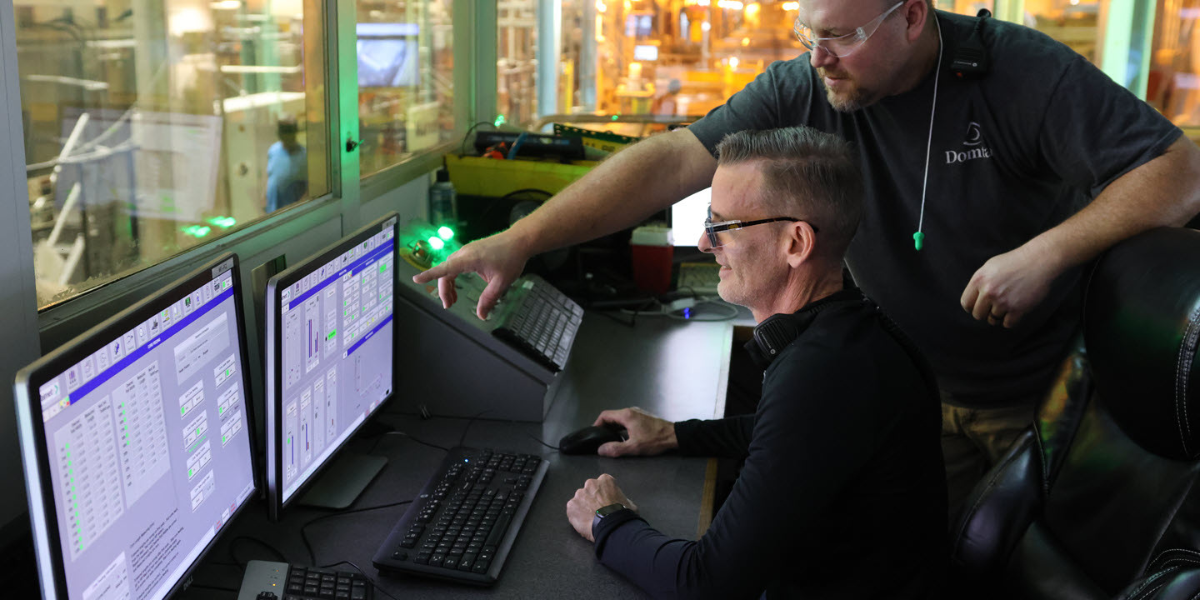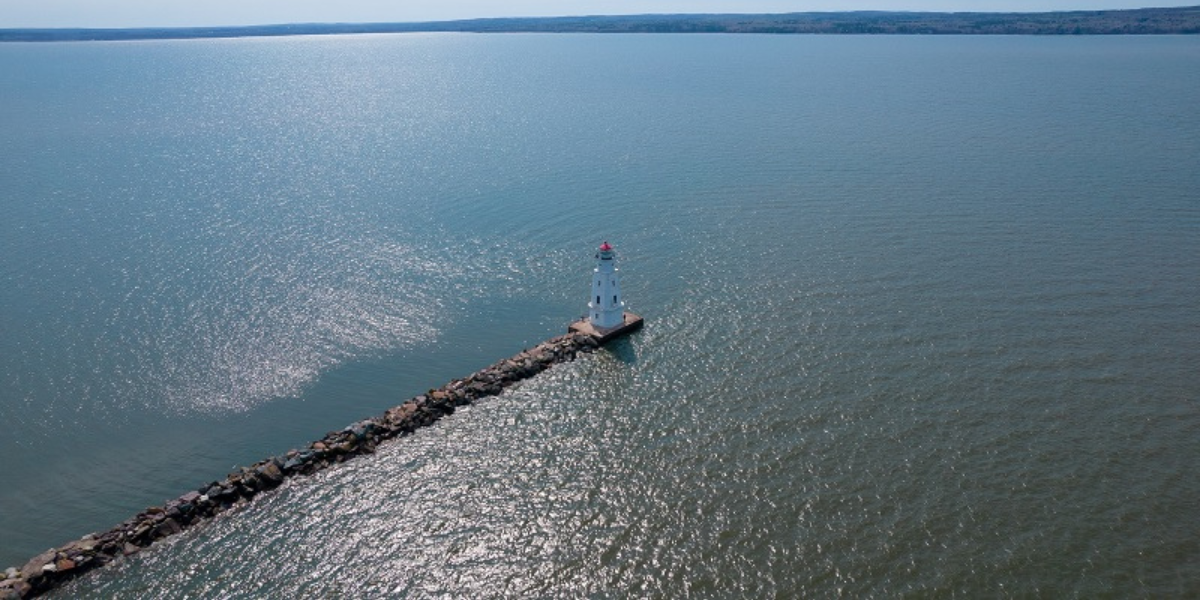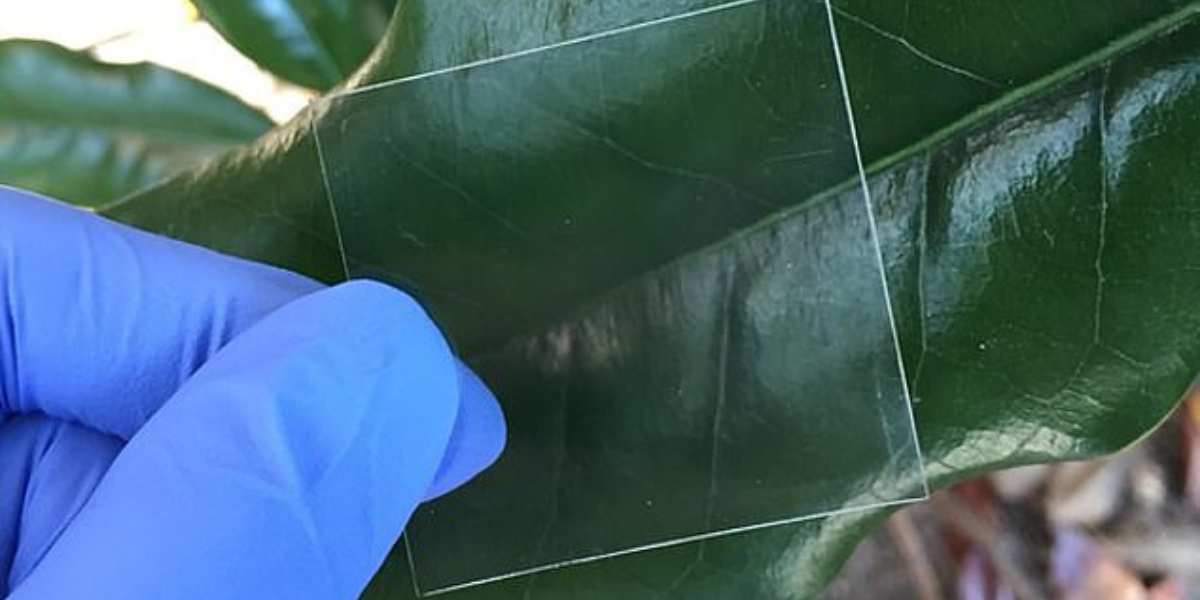The Wisconsin Paper Council is proud to have supported this bipartisan win. Read our letter of support here.
Press Release
Gov. Tony Evers celebrated the more than $1.05 billion federal grant jointly awarded to the Wisconsin Department of Transportation (WisDOT) and the Minnesota Department of Transportation (MnDOT) to replace the aging John A. Blatnik Bridge between Superior, Wisconsin, and Duluth, Minnesota. The funding is being awarded through the U.S. Department of Transportation’s (USDOT) Nationally Significant Multimodal Freight and Highway Projects program (INFRA) as part of the Bipartisan Infrastructure Law.
“I have been glad to work closely with Sen. Baldwin and other state and federal partners to secure the necessary investments to replace the Blatnik Bridge here at the end of its service life, and I’m proud to be able to say today that our hard work has paid off,” said Gov. Evers. “We’re excited to celebrate this award today and what it means for our state, our workforce and economy, and the quality of life in Northern Wisconsin. I want to thank Sen. Baldwin and Gov. Walz for their partnership in championing this project to get this done for our states, and I look forward to our continued work together toward ensuring our infrastructure is built to meet the needs of a 21st-century workforce and economy.”
Built in 1961, the Blatnik Bridge has served as an essential link between Superior and Duluth via Interstate 535 and US 53. Jointly owned and operated by WisDOT and MnDOT, the important freight and commercial connector reached the end of its service life. The bridge has been load-posted for 40 tons since 2019 and can no longer carry overweight freight loads.
More than 33,000 vehicles cross the bridge each day, including commuters and visitors. Each year, more than 265,000 trucks transporting nearly $4 billion in goods pass over the Blatnik Bridge. Many businesses across the upper Midwest rely on the bridge to reach the Port of Duluth-Superior, the largest U.S. port on the Great Lakes. The bridge is also one of the largest marine links for U.S. trade with Canada, the top trade partner of Wisconsin, Minnesota, and the United States.
“This is what delivering for Wisconsin looks like. I voted for the Bipartisan Infrastructure Law to bring federal resources back to Wisconsin, and now we are seeing the results pay off. I have been pushing the Biden Administration at every turn to fund this project because a new Blatnik Bridge is critical for Wisconsin’s economy, safety, and way of life,” said U.S. Sen. Tammy Baldwin (D-Wisconsin). “With this investment, we can ensure that billions of dollars’ worth of products can get to market efficiently, families can get to work on time, and millions of travelers get to their destinations safely.”
Wisconsin and Minnesota each committed $400 million in program funding toward the project. In 2023, Gov. Evers signed the 2023-25 biennial budget, which authorized $47.2 million in funding and $352.8 million in transportation fund-supported, general obligation bonding authority to secure sufficient state support for the project. Additionally, thanks to the efforts of U.S. Sen. Baldwin, the federal omnibus spending bill for Fiscal Year 2023 signed by President Biden included more than $255 million to support dozens of projects throughout Wisconsin, including $7.5 million for the Blatnik Bridge. The INFRA grant application was jointly submitted by both states in August 2023. The $1.05 billion grant equals the amount of federal funding needed to move the estimated $1.8 billion project forward.
“This is big news for Minnesota. This investment will make it possible for Minnesota and Wisconsin to rebuild a critical connection between our states that will foster regional economic growth, strengthen our national supply chains, and improve the safety and reliability of our transportation network,” said Minnesota Gov. Tim Walz. “This is a project that will serve hundreds of communities between our states. I am grateful for the partnership of Gov. Evers, our Congressional leaders, and the White House in making this project happen.”
“Our commitment to improving safety and the long-term sustainability of our bridges is unwavering,” said WisDOT Secretary Craig Thompson. “This was a team effort—from local communities and elected officials in both states—and we will act with urgency to deliver this important project.”
“Replacing this bridge is a top priority,” said MnDOT Commissioner Nancy Daubenberger. “MnDOT is grateful to our federal partners for the funds needed to get this project done. We look forward to working with WisDOT to build the modern and reliable Blatnik Bridge that the Twin Ports deserve.”
Design work for the project, which will determine specifications and shape the final project, is anticipated to begin in 2024. Once a final design is selected, construction could begin as early as 2025.
Press release from The Office of the Governor | State of Wisconsin
